Rio Tinto’s poor excuses on Juukan Gorge
The mining giant’s review of the gorge destruction beggars belief.
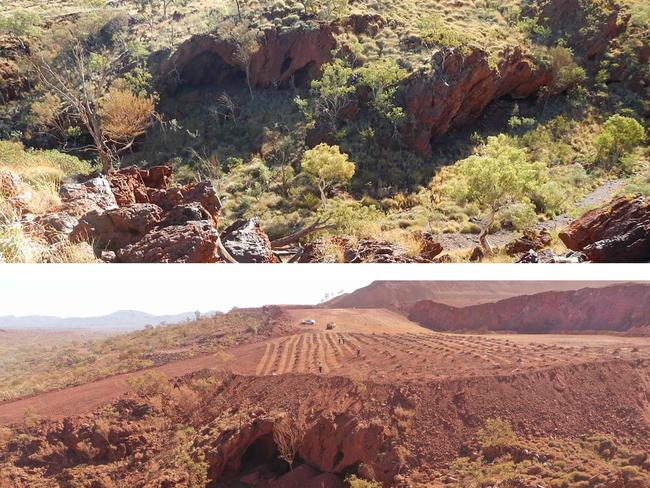
If on the other hand Rio’s executive management was aware of Juukan’s exceptional heritage values prior to its obliteration, then this was not a tragedy. It was an act of cultural vandalism, deliberately executed and carried out with full knowledge of what would be destroyed.
Rio director, former Australian government mandarin Michael L’Estrange, prepared a board review to answer why the Juukan destruction happened, something which the company now says should not have happened. It is a whitewash.
Before examining L’Estrange’s review, it should first be noted that Rio’s initial response to Juukan was an attempt to defend its actions as lawful and its regret only being the distress caused to the Puutu Kunti Kurrama Pinikura traditional owners. The Australian Financial Review reported a secret recording of a Rio town hall meeting where a staff member complained that “people have seen how we’ve positioned our response with an apology for the distress caused, not for doing the wrong thing”. Iron Ore head Chris Salisbury responded with an account of the events saying “that’s why we haven’t apologised for the event itself, per se, but apologised for the distress the event caused.”
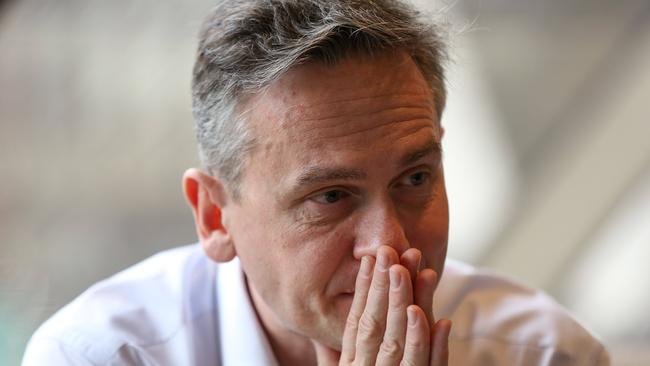
Once the disgusting nature of this kind of parsing by Rio was exposed, the company’s rhetoric shifted. But the substance of its position essentially remains that conveyed by Salisbury and Corporate Relations head Simone Niven in this secret recording.
There are two contextual interpretations of the factors and circumstances that led to the destruction of Juukan that might support the story that it was a tragic and unfortunate accident of human and system errors.
The first is the explanation from former Rio executives Bruce Harvey and Glyn Cochrane, who point to the decision to gut the cultural heritage and community relations capabilities of the company as part of cost-cutting measures introduced by the new chief executive, Jean-Sebastien Jacques, in 2016. This explanation is set out in their submissions to the parliamentary inquiry and reported press statements.
These changes in company personnel and capability provide an explanation, but is it the complete story?
The second innocent explanation of these events is that propounded by the L’Estrange report that refers ad nauseam to the breakdown in “linked up decision-making”. Only a Canberra mandarin could conjure up such a figleaf of an excuse for what really drove the destruction of Juukan. It is completely unbelievable. If you believe this bureaucratic nonsense then you will believe the Russian medical opinion that Alexei Navalny was suffering from “low blood sugar” when he fell into a Novichok-induced coma not long after having a cup of tea.
L’Estrange’s report is a strange report indeed. Riddled with problems and completely inadequate as a public explanation.
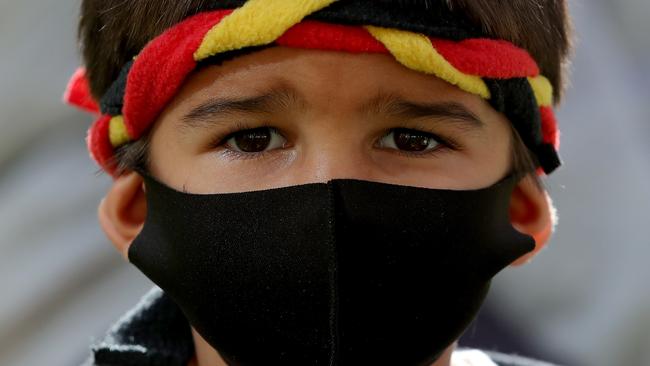
First, the principal document by which Rio chairman Simon Thompson and his board have sought to come to terms with Juukan, is conspicuously silent on any spiritual, if not spiritual then moral, if not moral then ethical, if not ethical then philosophical, reflection of the loss that the traditional owners, the nation and the world have suffered. It is the most astounding silence. Several Rio board members with whom I have spoken over the past week are similarly struck by this blindness in L’Estrange’s report, but it shows how far this company is from where it needs to be if it is to believe its own professed statements of respect for the Indigenous heritage and people upon whose country they draw a vast business, that it needs to be pointed out to them.
Second, L’Estrange accepts the story that the three key senior executives were not aware of the exceptional cultural heritage value of Juukan in the days leading up to the blast, and the CEO was not made aware of what was at stake until after the site was destroyed.
L’Estrange’s review asserts that on May 24, 2020, “J-S Jacques [was] first made aware of the exceptional archaeological and cultural significance of the Juukan rock-shelters”, the Sunday night following the blast.
And yet for the previous week Rio had been urgently arranging to defuse eight blast holes (out of a total 382) because these were located in a place for which they did not have legal authority under the section 18 authorisation they held for Juukan.
Despite the last-minute attempts by experts engaged by the traditional owners to avoid the destruction of Juukan, Rio’s efforts seemed solely aimed at avoiding liability for the eight holes for which they did not have legal authorisation.
How could it be believed that in the course of these events, which included representations made to government agencies and ministerial offices exploring possible interventions under emergency environmental and heritage provisions of commonwealth and West Australian legislation, that Rio’s senior executives were not by then aware of the exceptional heritage values at stake?
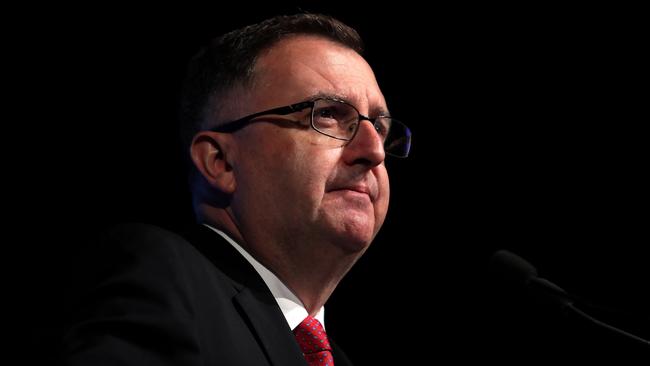
And yet this is what Rio would have the public believe. In his appearance before the parliamentary committee, Jacques explained: “Let me take you through the logic, step by step. On 21st May, in the evening, I did receive a phone call from Simone Niven, the group executive in charge of corporate relations, to tell me that we were potentially having an issue at Brockman iron ore mine in the Pilbara, and asking me whether Chris Salisbury, chief executive Iron Ore, had called me. The answer was no.
“Then on Friday, 22 May, because we already had two meetings scheduled with Chris, including an executive committee meeting, we had a conversation with Chris detailing the situation, but there was no mention of the cultural heritage issue. The issue was presented as one of timing — the traditional owners had requested a visit but the planned blast sequence had commenced, had started.
“Discussions focused quickly on the options around postponing and stopping the blast sequence. Chris advised … that it was not possible, due to safety concerns and everything, by two expert reports including one from the PKKP advisers. Instructions already were given to trigger the blast sequence, which was imminent. As I mentioned there was no mention of the cultural heritage significance, and meetings with the PKKP to deal with the situation were scheduled during the weekend.
“I heard on Sunday the 24th in the evening about the significance, importance, from a cultural standpoint, on the back of the draft release that the PKKP people were proposing to issue on the Monday.
“So to answer your question, to wrap it up, the first time I was aware that there was a potential issue was on the Thursday evening. There was no indication of the cultural issue, or the significance, and I was made aware of the significance only on the third day, in the evening.”
This is the crux of Rio’s problem. It is that this explanation beggars belief.
If Jacques’ explanation here is to be believed, then it raises the accountability of the responsible senior executives in failing to apprise the CEO of the exceptional heritage values that were at stake at Juukan.
If Rio operates a “don’t ask, don’t tell” policy with the management of risk in its executive structure, then this needs to be exposed.
L’Estrange’s report is silent on the believability of this account of events. When I spoke with him last Sunday and said that this account beggared belief, L’Estrange fell silent.
That the board review is not believable is attested by the fact that the sanctions levelled against Jacques, Salisbury and Niven in a short addendum have no basis in the review itself. Nothing in the review connects the executives to any accountable omission or commission on their part, for which a sanction was deemed appropriate by the board.
Apart from the inconsequential financial penalty that these sanctions represent for these highly paid executives, the L’Estrange report expects the public to accept that Rio’s senior management did not do anything for which they should be held accountable — but some cut to their bonuses should apply.
This leaves Rio in a position where many questions about what transpired in the lead-up to the Juukan destruction are unanswered. The company’s submission to the parliamentary inquiry, its oral evidence and L’Estrange’s review are evasive and opaque on many fronts.
Many pertinent questions from committee members remain unanswered, and documents requested by the committee are yet to be provided.
There are problems with Rio’s version of events even if the innocent explanation that this was an unfortunate tragedy is accepted, which the parliamentary committee must pursue. The public, both in Australia and abroad, should expect complete accountability for what took place.
There is a less innocent explanation of these events where the exceptional values of Juukan were fully appreciated by Rio’s senior executive, but the company was determined to exercise its rights to extract $135m of value from the Juukan Gorge area notwithstanding these values.
If such an explanation turns out to be the truth, then the Juukan destruction would amount to an act of cultural vandalism.
If the parliamentary committee is unable to get to the bottom of these events and what drove them, a royal commission will need to be established to compel the truth.
Noel Pearson is a director of Cape York Partnership and co-chair of Good to Great Schools Australia.

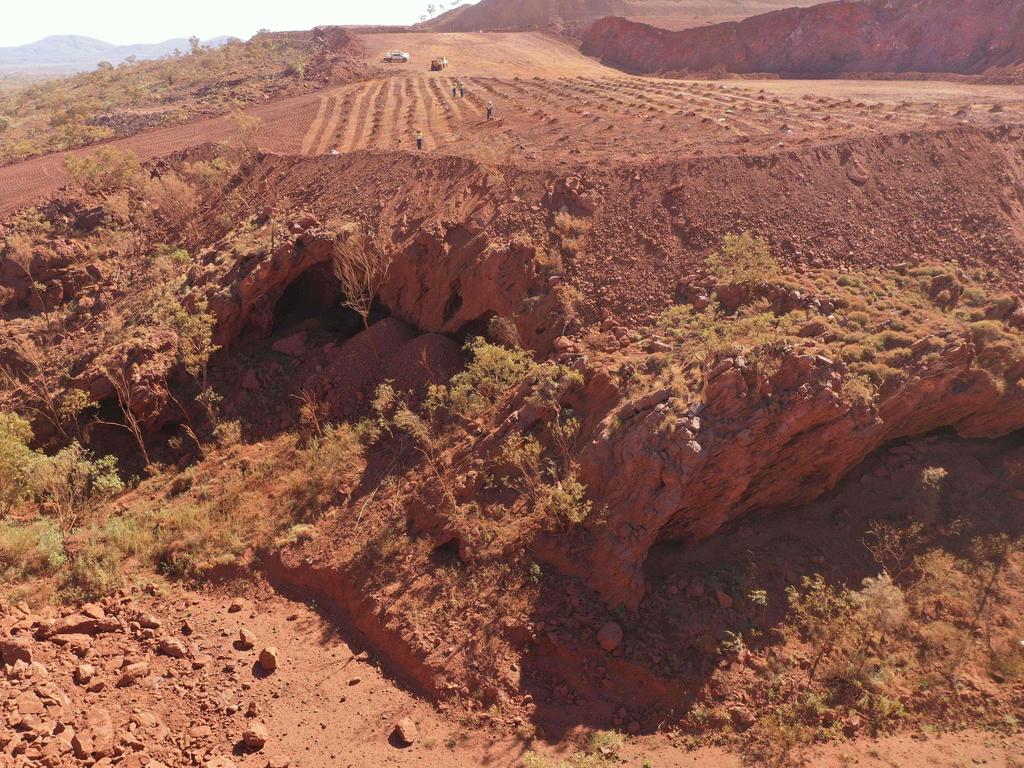





If the executive management of Rio Tinto was not aware of the “exceptional value” of the cultural heritage of Juukan Gorge, then its destruction could be framed as an unfortunate tragedy caused by a breakdown in communication and decision-making. Within the company and without. This is the innocent interpretation which Rio has put forward in its public statements and in formal submissions to the parliamentary inquiry being undertaken by the Commonwealth Joint Standing Committee on Northern Australia.